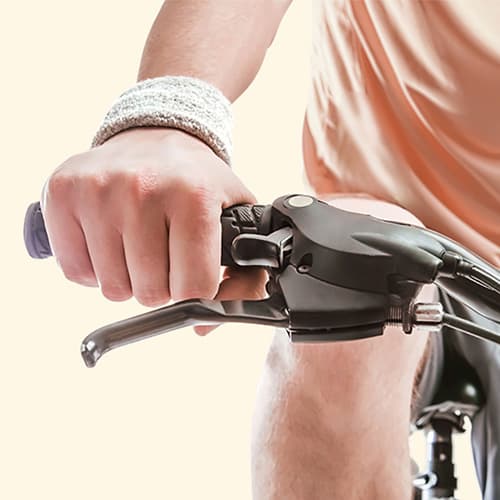Spider Veins
Overview
What are spider veins?
How are spider veins formed?
Who is most likely to get spider veins?
Age and sex are the next biggest risk factors for spider veins. Your risk of spider veins increases with age, and research conducted by the Office on Women’s Health in America shows that 54% of all women and 45% of all men get spider or varicose veins.
Since higher estrogen levels lead to a higher risk of spider veins, you also have a higher risk if you’re pregnant, undergoing hormone therapy, taking birth control pills, or other factors that affect your hormones.
Other risk factors for spider veins include a medical history of blood clots, leg injuries, obesity, and a job that involves long periods of sitting or standing still.
What’s the root cause of spider veins?
This is similar to the relationship between leaky pipes and stains on walls — vein disease is the “leaky pipe,” and spider veins are the “stains.”
Do spider veins produce any symptoms?
However, your spider veins may be accompanied with numerous symptoms because of the underlying chronic venous insufficiency. You may experience leg heaviness, throbbing leg veins, restless leg syndrome, leg swelling, and itching, burning, or tingling sensations.
If left untreated, your underlying vein disease may cause skin changes, non-healing wounds called leg ulcers, and blood clots in your leg veins.
Is it necessary to treat your spider veins?
However, if you identify any of the signs or symptoms of venous insufficiency, such as leg heaviness, restless leg syndrome, varicose veins, etc., you must seek prompt diagnosis and vein treatment in Long Island. Chronic venous insufficiency, as mentioned earlier, is a dangerous circulatory disorder that progressively worsens with time. Furthermore, until you treat vein disease, your spider veins will keep returning.
What Is the Best Treatment for Spider Veins?
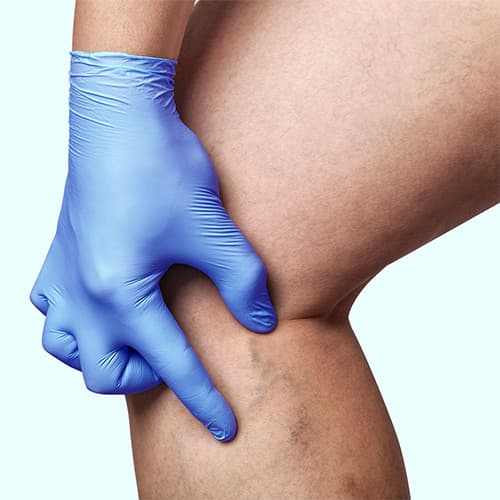
Sclerotherapy
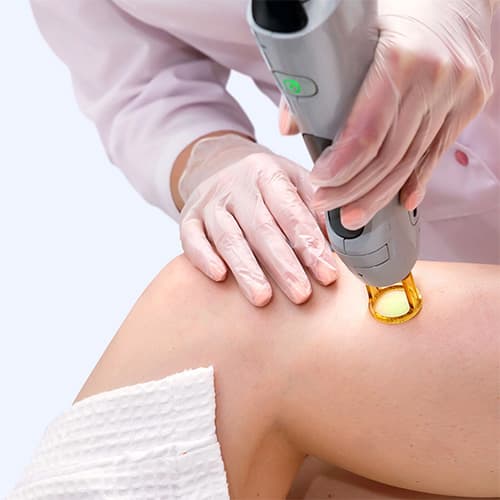
Endovenous Laser Ablation
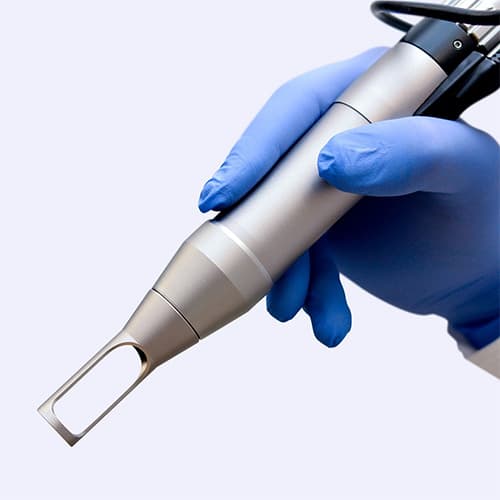
Radiofrequency Ablation
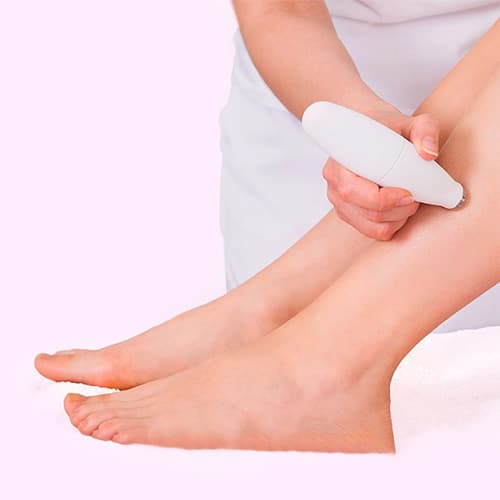
Laser Therapy
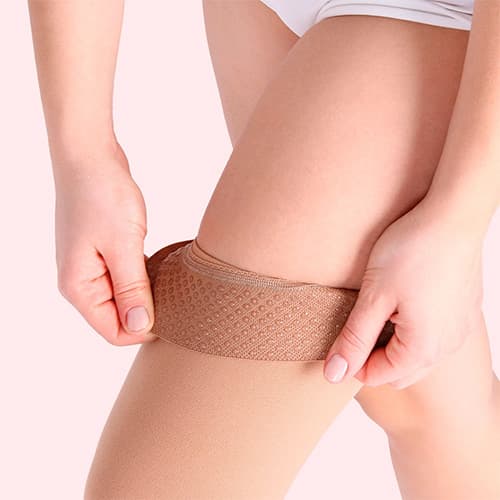
Compression Stockings
